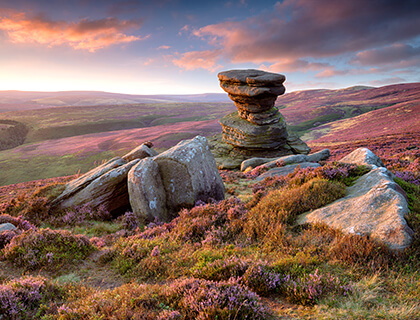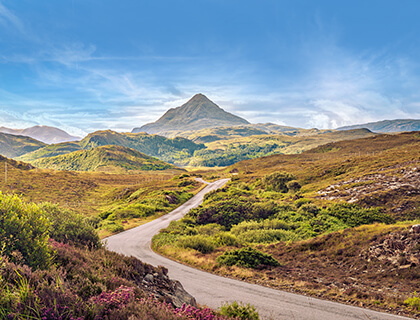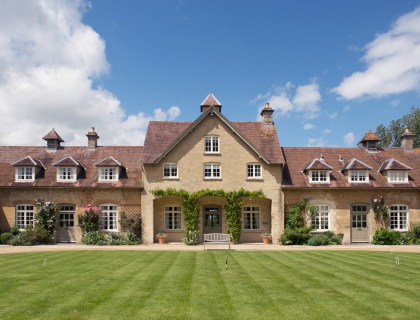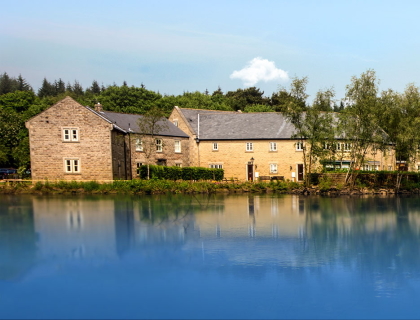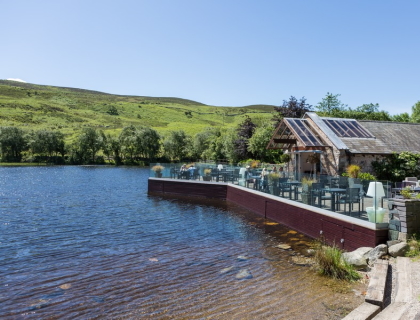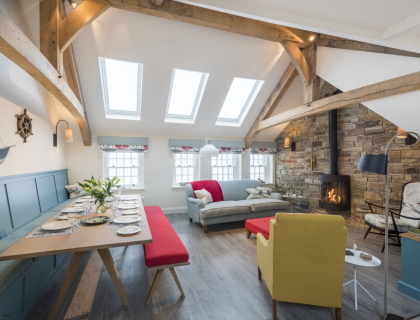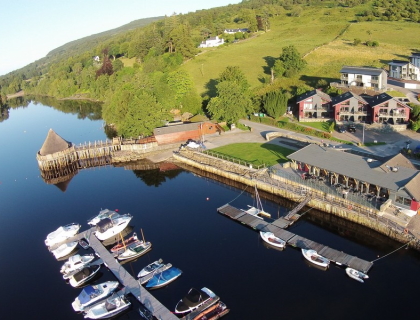Our famous forests are living relics of our ancient past. Centuries ago, they provided hideouts for folk heroes, hunting grounds for medieval kings and timber for Royal Navy warships. Today, they’re tranquil destinations full of natural delights and fascinating historical attractions. Discover the stories of three famous British Forests and what there is to enjoy in each.
The area referred to as the New Forest is actually a patchwork of heathlands, grasslands, wetlands, and ancient woodlands that straddles the border of Hampshire and Wiltshire. Despite the ‘new,’ the name dates back almost 1,000 years to the time when the recently crowned William the Conqueror decreed the area one of his new royal hunting grounds.
The New Forest is the only wooded area described in detail in the Doomsday Book. Later, it became a vital source of building material for the Royal Navy. Many of the ships that made up Admiral Nelson’s fleet at his famous victory at Trafalgar were constructed from New Forest timber. More recently, the area was declared an Area of Special Scientific Interest, and in 2005 it became a national park.
The most famous animal inhabitants of the many diverse habitats that make up the New Forest are New Forest Ponies. They can be spotted grazing on the area’s grasslands, roaming its woodland glades, and wandering the streets of its towns and villages. The New Forest also has a reputation as an excellent area for birdwatching. The many rare species of bird that can be seen roosting in the area’s canopies and flying across its skies include buzzards and red kites.
The New Forest’s many enchanting trails and passages can be enjoyed on foot, by bike, or on horseback. During a visit to the area, you’ll also have the opportunity to explore a Tudor coastal artillery fortress and enjoy a day out at Exbury Gardens, which boasts its own light steam railway and is widely considered one of the best informal woodland gardens in Britain.
The Forest of Dean
The forest of Dean covers an area of Gloucestershire tucked away in between the River Wye and the River Severn, which helps give this ancient woodland an aura of mysterious otherworldliness. Pine martins, deer, peregrine falcons and wild boar are just a few of the animals that inhabit the ash, oak, birch, beech and holly trees that make up the forest.
During its history, Dean has been a medieval royal hunting forest, a key source of Tudor warship building material and an important area of Victorian industry. In 1939, Dean officially became Britain’s first national forest park. More recently, filmmakers have discovered and begun to utilise the aesthetic appeal of the forest. Star Wars and Harry Potter are two examples of recent film franchises featuring scenes shot below the canopies of the Forest of Dean.
The many miles of woodland trail that crisscross the Forest of Dean lead through some of the best woodland scenery in the UK. If you want to experience the forest at its deepest and most primordial head to Puzzlewood, a labyrinth of forest trails that will make you feel as though you’ve stepped into a fairy tale. Another of the forest’s main attractions lies deep below its surface. The Clearwell Caves are a vast network of subterranean passages and caverns that have been mined for ochre pigments and iron ore for over four millennia. Literature lovers might recognise the dramatic Gothic ruins of Tintern Abbey as the inspiration for a famous poem by William Woodsworth.
Sherwood Forest is believed to have existed since the last ice age, meaning it has covered the same area of north Nottinghamshire for at least 10,000 years. The forest of today is a national nature reserve that consists mainly of pine plantations. But mingled within the plantations are a number of ancient oak trees.
The forest is best known as the legendary home of the folk hero Robin Hood and his band of Merry Men. While Robin Hood may be long gone, another of Sherwood’s medieval residents, Major Oak, remains. Estimated to be between 800 and 1,000 years old, Major Oak is a tree of true antiquity. Over the centuries, many of its boughs have grown so enormous that they are no longer able to support their own weight and are propped up instead by scaffold posts.
Where once you may have found outlaws hiding below Sherwood’s canopies, these days you’re much more likely to find cyclists. Sherwood’s woodland cycling trails, which range from a gentle family-friendly trail to a thrilling technical course for experienced off-road experts, have a reputation for excellence. In the heart of the forest, you’ll find the Sherwood Forest Art and Craft Centre. The centre houses a café and giftshops selling handmade wares created by local artists. The Robin Hood Festival is the forest’s biggest and most exuberant yearly event. The week-long festivity of pavilions, fire eaters, musicians, jesters, alchemists, and jousting medieval knights is likely to make a triumphant return in 2021.
Where to Stay NEAR Britain’s Famous Forests
If you’re feeling inspired to visit the New Forest, you’ll find a selection of amazing holiday homes in the Cotswolds. For a selection of great accommodation near Sherwood Forest, have a look for holiday homes in Derbyshire and Lincolnshire.





